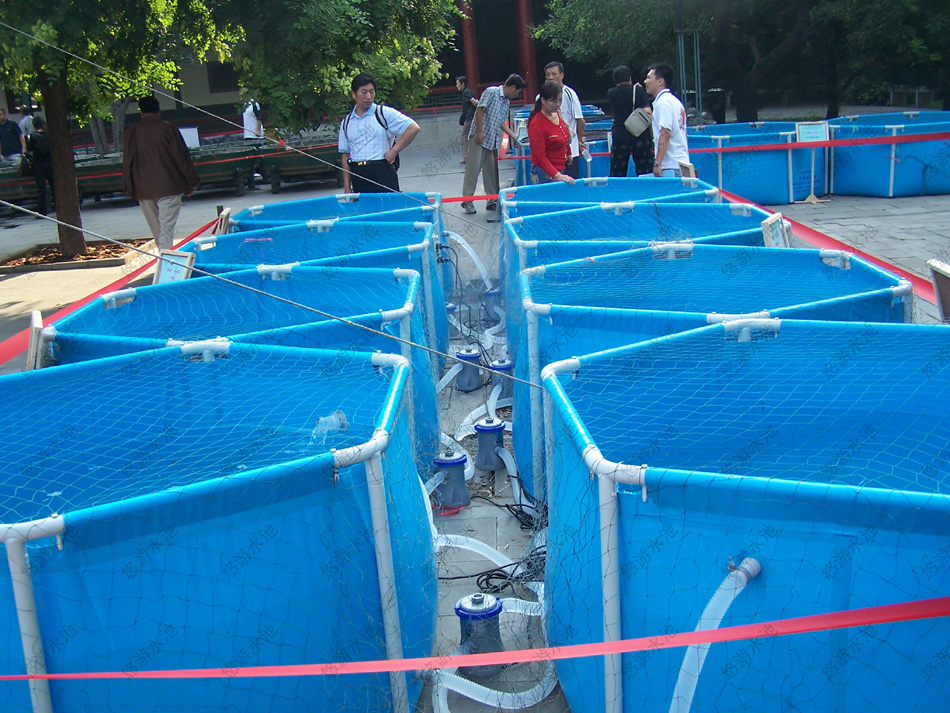Fish Production: The Development Of Fish Farming
1. What is Fish Production?
Fish are a very high source of proteins and have great nutritional value. Fish production was initially dependent on fish capturing. However, most of the captured fish were used for industrial purposes and were hardly consumed by man. Therefore, an alternative method to increase fish production was devised that includes farming and husbandry of economically important aquatic organisms. This is known as aquaculture.
2. Methods of Fish Production
Fish production can be done in two ways:
Capture Fishery :Naturally occurring fish are harvested by capture fishery. Capture fishery is sometimes also known as wild fishery.
Culture Fishery: This is the controlled cultivation of fish in water bodies. It can also be referred to as fish farming or pisciculture. Note that pisciculture is a form of aquaculture as aquaculture is the scientific rearing and management of all aquatic animals.
Fishery is further divided into:
- Inland Fishery (1) In this, fishing is done in freshwater bodies, such as lakes, ponds, rivers, and tanks. Reservoirs where freshwater bodies and seawater bodies join also form inland fisheries. (2)The method incorporated here is generally pisciculture, as the yield of capture fishery is not very high. (3)5-6 species are reared in one water body. This selection of species is such that they have different food habits yet there is no competition for food. (4)Common varieties reared are Rohu, Catla, Grass Carp, Common Carp, etc.
- Marine Fishery(1)These are further divided into coastal fisheries that are near the shore and off-shore or deep-sea fisheries that are deeper in the sea. (2)Sardines, mackerel, hilsa, tuna, Pomfret, mussels, prawns, oysters, etc. are some common types. (3)The use of echo-sounders and satellites for the location of large fish to increases the yield.
3. Culture Fishery
Culture fishery is also known as fish farming. Let us have a detailed look at the process of fish production by fish farming, and its advantages.
About half the fish consumed today is raised globally through fish farming. Some of the common fish species that are farmed include tuna, salmon, halibut, cod, and trout. The aquafarms can be in the form of mesh cages submerged in water or concrete enclosures on land. However, the fish farms can damage the ecosystem by introducing diseases, pollutants and invasive species.
Fish farming involves the following methods:
(1) Extensive Fish Farming
In this type of farming, economic and labour inputs are low. The natural food production plays a major role in this type of farming. Fertilizers may be added to increase the fertility and hence, the production of fish.
(2) Semi-intensive Fish Farming
This method implies moderate levels of economic and labour inputs. The production can be increased by supplementary feeding or addition of fertilizers. Thus, the production of fish is higher.
(3) Intensive Fish Farming
In this method, the fish are stocked with as many fish as possible. The fish are fed with supplementary feed.
Advantages of Fish Farming
- The farmed fish provides high quality protein for human consumption.
- Fish farming can be integrated into the existing farm to create additional income and improve its water management.
- The farmers can select the fish species with desired characteristics to raise.
- Fish in a pond are not accessible to everyone. Thus, they are secured and are harvested at will.
- Fish in a pond are nearby.
Post time: Dec-24-2021
